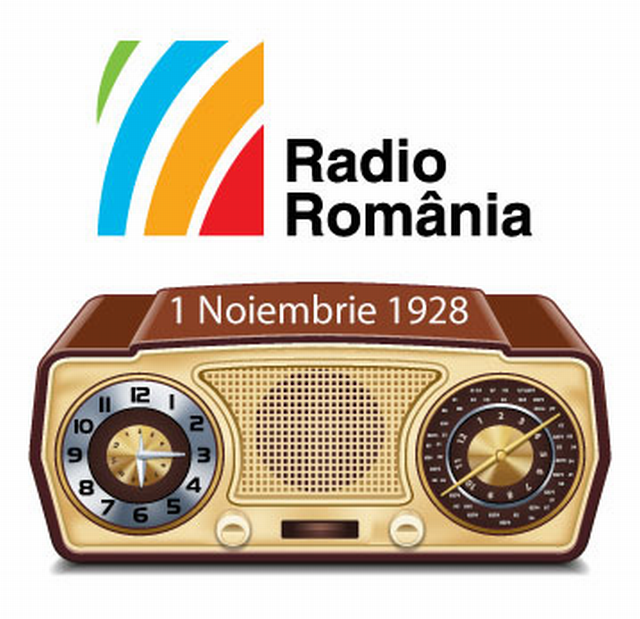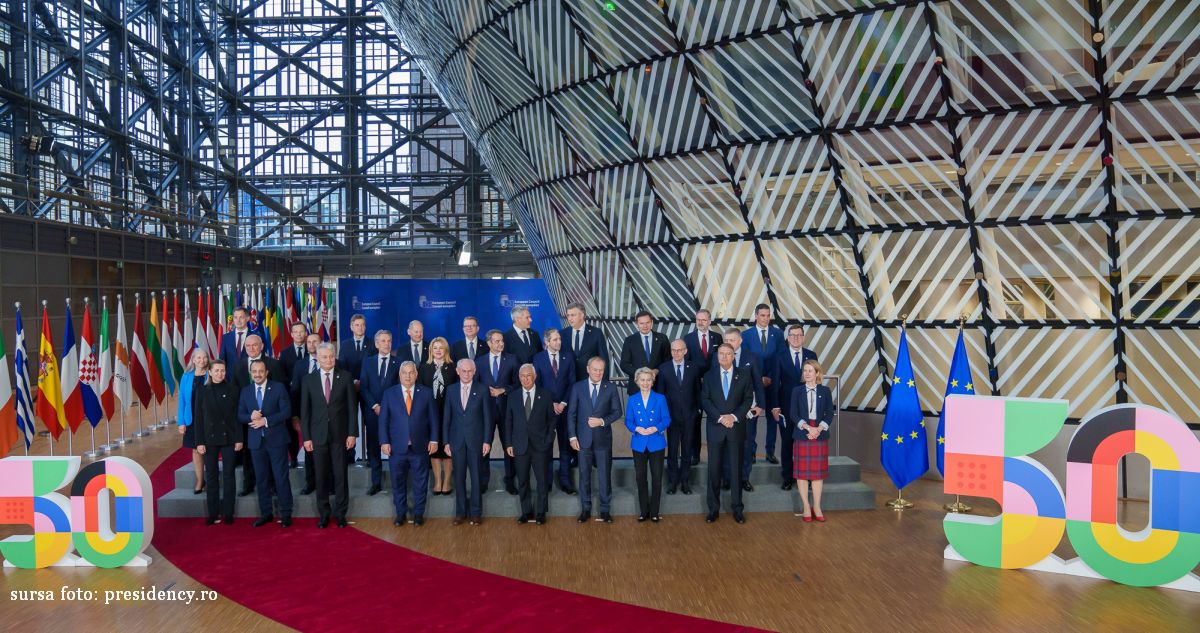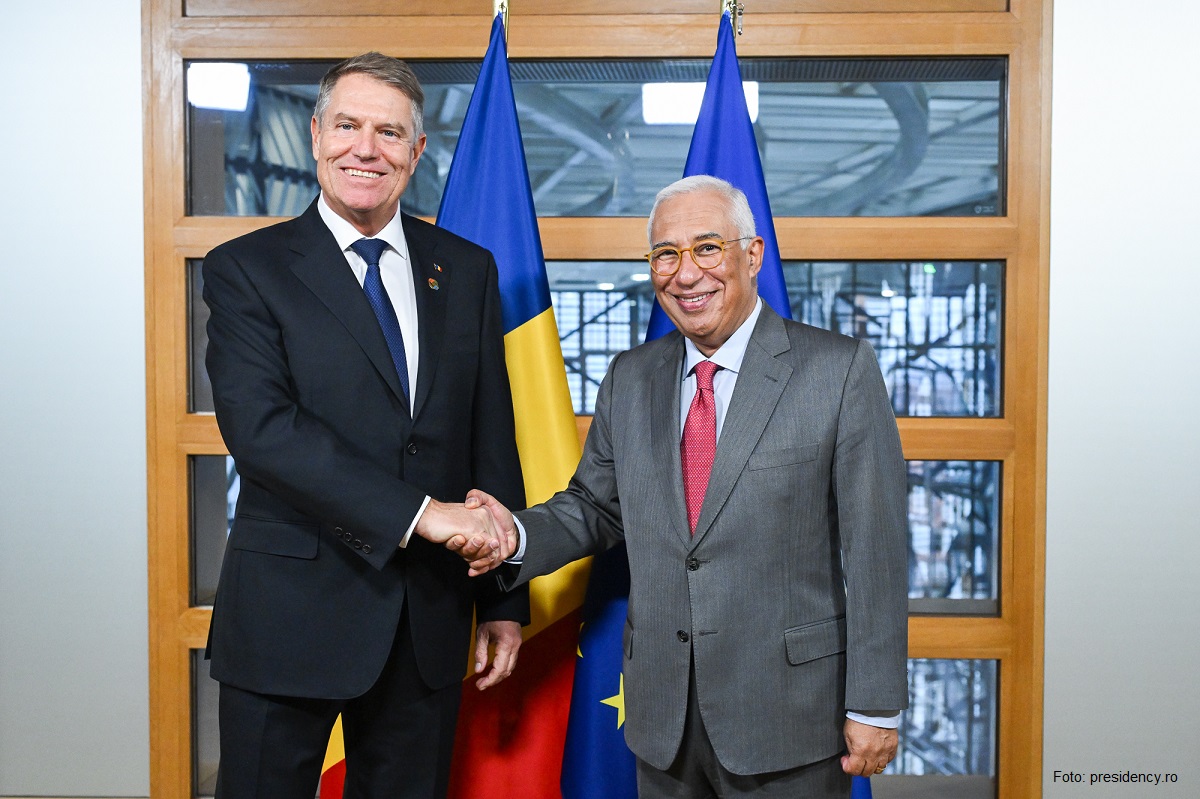The technical history of the Romanian Radio Broadcasting Corporation
Since its establishment, the Romanian Radio Broadcasting Corporation has gone through all technical stages specific to a radio station, from celite discs to computers.

Steliu Lambru, 01.11.2016, 12:06
Since its establishment, the Romanian Radio Broadcasting Corporation has gone through all technical stages specific to a radio station, from celite discs to computers. Although it is mostly a topic of discussion for experts in the field, the technical history of the Romanian Radio Broadcasting Corporation is just as important as its editorial one.
The technical history of Radio Romania includes several stages. The first one, between the two World Wars, marks the dawn of radio broadcasting. The Radiotelephony Broadcasting Company in Romania, by its initial name, had ordered a 12-kW transmitter from Marconi’s Wirelles Telegraph Company Limited, based in London. An antenna was then placed on a 10-ha plot of land, in Baneasa commune, near Bucharest.
The first broadcast of Radio Romania was aired on Thursday, November 1, 1928, at 17.00 hours local time, on the wavelength of 401.6 m, with a power of 0.15 kw. Professor engineer Dragomir Hurmuzescu, in his capacity as chair of the Management Board, started the broadcast. After the war, the company used the same equipment, with a few exceptions, new devices being purchased exclusively from Socialist countries, from Hungary and the Democratic Republic of Germany. The present headquarters of the Romanian Radio Broadcasting Corporation, also known as the Radio House, was built after the war. It became operational in 1954. In the 1970s, Romania started purchasing equipment from the West. The computerisation process of the Romanian Radio Broadcasting Corporation started in the mid 1990s.
Engineer Ilie Dragan has worked for Radio Romania for more than 40 years. In 2000, the Oral History Centre of the Romanian Radio Broadcasting Corporation interviewed him to find out landmarks in the technical history of the company.
In 1958, Ilie Dragan got employed by the radio broadcaster and says the technical equipment was specific to the 1950s: ”I remember we were using electron tube transmission devices, which we called CN, and in order to have a power reserve, we were using 110 V batteries, which we called ‘bricks’. Actually, they looked like two bricks placed one on top of the other. When we left Bucharest to make transmissions, we usually took two ‘bricks’ in a bag, as well as a heavy recorder, weighing over 35 kilos, and using paper tape. We would get on the train and travelled to the countryside to make recordings. When we were making recordings in the field of agriculture, the editors and technicians had to go into the field, where the farm produce grew, where there was no electricity and the team had to bring over two generators, usually by car. Once we reached the site, the petrol-powered generators were turned on to provide electricity for the recorders, and this is how recordings were made back then.”
There were only few news reporting vans at the time, and they actually looked like trucks. Ilie Dragan: ”When I joined the department, the team was using a big news reporting van, equipped with a tiny studio, laid out above the driver’s cabin. It was a Mercedes van produced in 1938, which was not frequently used, not on a daily basis, anyway. Usually, we used it to cover big events and make complex transmissions, for instance on May 1st, August 23, from Piata Aviatorilor (Aviators’ Square). We actually placed the equipment there two weeks prior to the event, spreading cables all over the place. Opposite the square, in the park, where the old statue was placed, we found a site to park the news reporting van. There, we had a terminal box, which provided direct links with Radio Romania and the Television Company. This terminal box had a rather strange shape and finally we ended up calling it ‘the entombment place’. The car was parked near the ‘tomb’ and the cables were also placed near the tomb. We had another news reporting van, Steier, made in Austria, and equipped with newer devices and radio mixing desks. We used it to make more complex recordings and transmissions.”
Ilie Dragan also recalled the live transmission of Nicolae Ceausescu’s speech of 1968, when he condemned the intervention by the Warsaw Pact troops in Czechoslovakia: ”In 1968, we received an urgent call at home and came an hour earlier at work. We were asked to make a transmission from a meeting due to take place in the Republic Square. I went there right away, together with a technical team. I remember we had a news reporting van, more precisely a mini-bus, and we improvised a reporting spot for the speaker on top of it. We placed the car and the equipment in very difficult conditions, because Bucharesters were already gathering in large numbers. I remember we had to move the minibus somewhere in a corner, close to entrance C, right near a window. Jointly with people from the Telephony Company we managed to connect all circuits right away, and 15 minutes before the start of the meeting we established the connection with the broadcasting booth and the General Control Department, at the Radio House. There were many people around, so needed the assistance of law enforcers, to help us secure the perimeter, as people could tread on the cables and disrupt the connections with the Radio House. We managed to make a two-hour live transmission for the whole country, thanks to the broadcasting unit of our company.”
With an 88-year long history, Radio Romania is the longest lasting media institution in Romania, a witness to the complicated 20th century history of the Romanians.






























